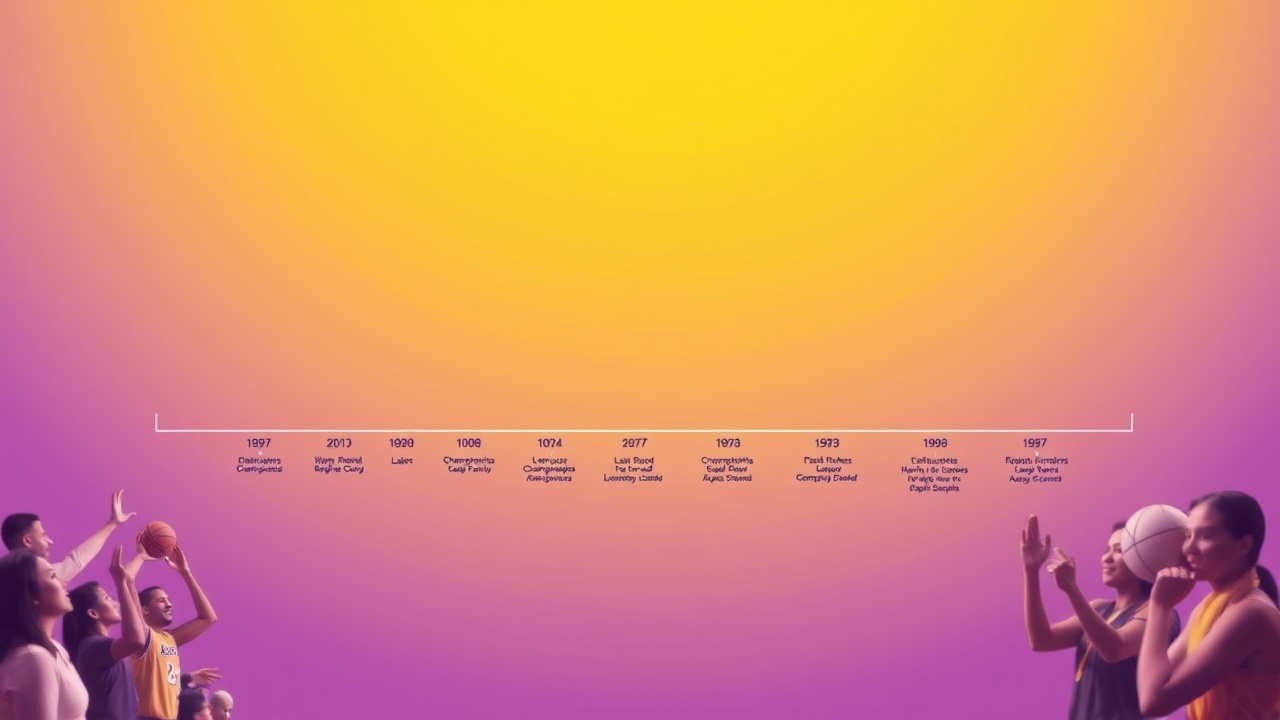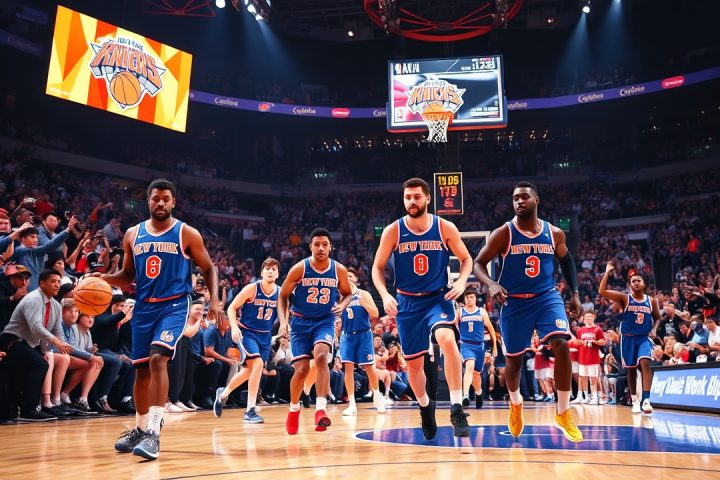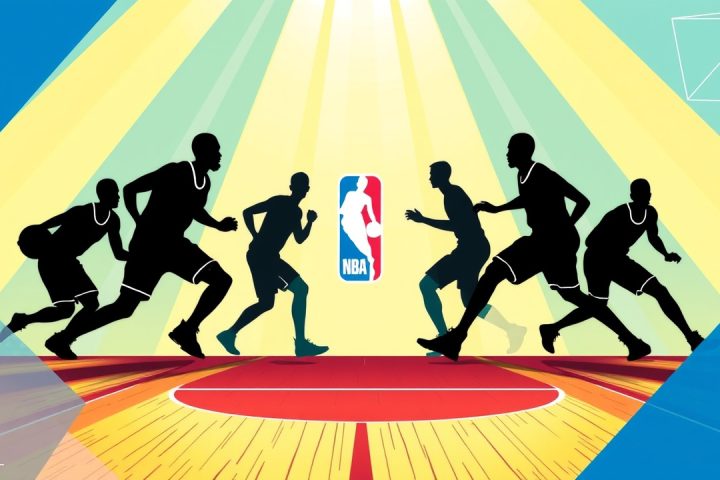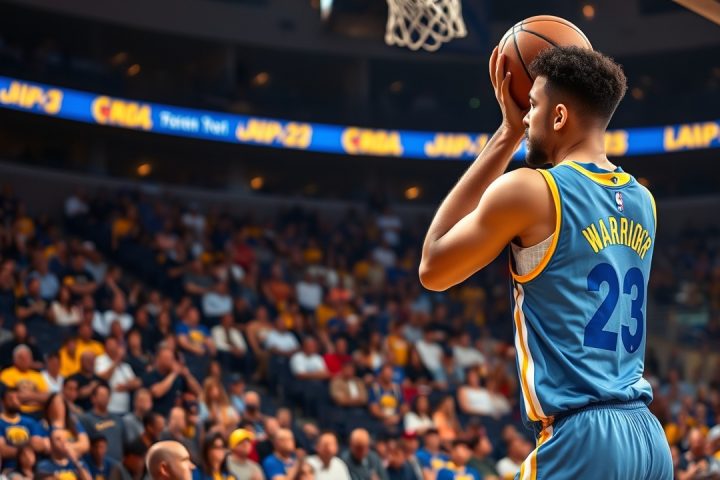The Bold Investment by Dr. Jerry Buss
In 1979, Dr. Jerry Buss made a bold investment when he secured a $67.5 million stake in the Los Angeles Lakers, a purchase that included an expansive 13,000-acre ranch in the Sierra Nevada Mountains. At that time, the Lakers were not remotely positioned to become the internationally recognized franchise they are today.
The Evolution of the Lakers
The recent announcement of a staggering $10 billion deal where Jeanie Buss, Jerry Buss’ daughter, is selling the team to financier Mark Walter serves as a testament to the team’s evolution — both financially and in terms of its global reputation.
Despite Walter’s eventual takeover of day-to-day operations, it is expected that the Buss family will retain their influence in the short term, maintaining an 18% stake in the team while Jeanie continues to operate as the team governor. This transition signals a significant shift for the NBA, as the sale promises to provide the already successful Lakers with additional resources amid a legacy of achievement that spans decades under Buss family ownership.
Significant Moments in Lakers’ History
Since the acquisition by Dr. Buss, the Lakers have celebrated monumental highs and faced challenging lows, fundamentally taking part in the NBA’s maturation process. The most notable shift came with the introduction of ‘Showtime’ basketball, a dynamic style of play that breathed new life into the league and was championed by Buss and his star players, including 11 championship titles won since his purchase.
The timeline of the Lakers’ success under Buss is filled with pivotal moments. Notably, the landscape shifted when the Lakers drafted Earvin “Magic” Johnson in 1979, a decision that would shape the franchise’s championship identity.
Johnson, who excelled at a young age, dramatically impacted the team by stepping up in crucial moments like the 1980 NBA Finals, where he infamously played center in place of an injured Karim Abdul-Jabbar, earning the Finals MVP award.
Challenges and Transitions
Amidst the triumphs, strategic changes were necessary. In the early 1980s, after some internal discord, Pat Riley was brought in as head coach, leading the team to a new identity and ultimately to its first championship in 1982. Under his leadership, the Lakers established a remarkable win rate, clinching numerous titles and solidifying their legacy as a dominant force in the league, largely due to key roster additions and strategic veteran integrations.
Despite early successes, the loss of Abdul-Jabbar in 1989 marked a transition period, compounded by the departure of Riley. Magic Johnson remained, but an unexpected announcement about his health significantly altered the team’s trajectory. Johnson’s HIV-positive diagnosis in 1991 shook not only the Lakers but the entire sporting world, though his resilience became a beacon of hope for those affected by the virus.
Rebuilding and Resurgence
As the years progressed, the franchise faced various hurdles, including legal challenges surrounding star player Kobe Bryant. These issues, coupled with the departure of key players like Shaquille O’Neal, positioned the team precariously. Yet, with strategic trades and the eventual acquisition of Pau Gasol, the Lakers found new contenders for the title, resulting in back-to-back championships in 2009 and 2010.
However, following a series of management changes and Bryant’s retirement tour, including his record-setting final game scoring, the Lakers entered a difficult era marked by mediocrity. The investment strategies shifted towards drafting younger talent and rebuilding until the key signing of LeBron James in 2018 and the spectacular trade for Anthony Davis reignited hopes for a championship resurgence.
A New Era for the Lakers
In light of this legacy, the recent sale of the Lakers marks more than a simple transaction; it encapsulates decades of strategic foresight and a commitment to excellence that has defined the franchise. As the team prepares for a new era under Walter’s leadership, challenges such as maintaining star players and navigating the complexities of modern NBA finances loom ahead.
The legacy of the Buss family’s ingenuity has created a premier sports entity that resonates well beyond basketball — an ambition driven by vision and a deep-rooted love for the game itself. The Lakers’ ability to remain a powerhouse under changing circumstances highlights the delicate interplay between commerce and sports, showcasing how a franchise can grow in both prestige and value within an evolving league landscape.




